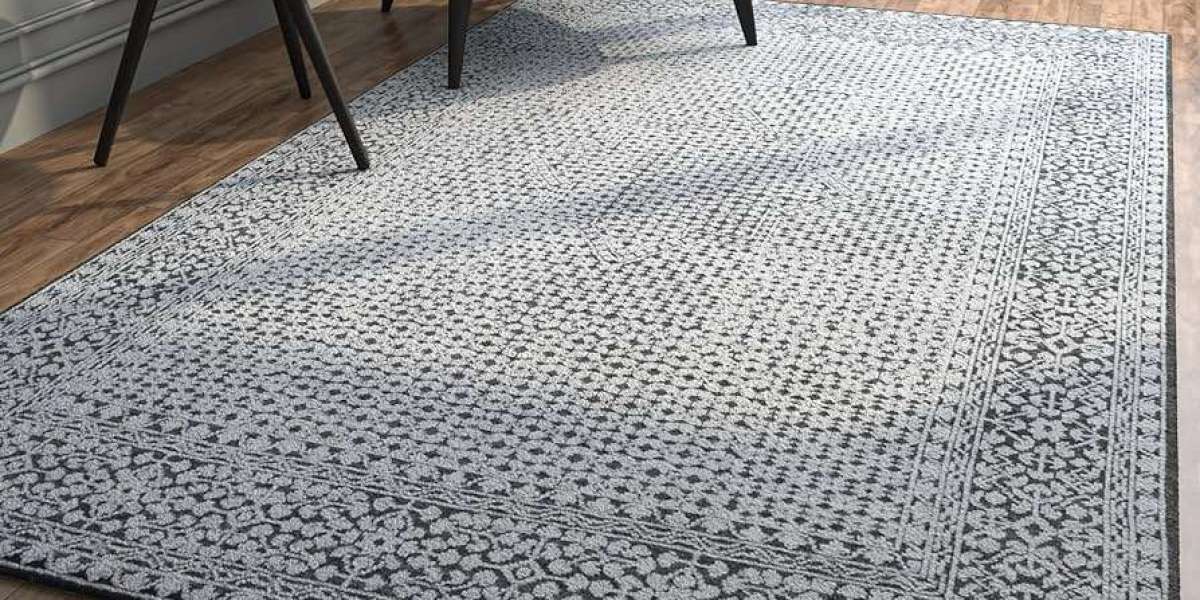Rugs have been an integral part of human culture for centuries, transcending their utilitarian roots to become an art form that weaves together craftsmanship, history, and personal narratives. These textile masterpieces not only provide warmth and comfort but also serve as a canvas for storytelling and cultural expression. In this blog post, we delve into the world of rugs, exploring their diverse origins, the craftsmanship involved, and the stories they tell.
A Tapestry of Cultures:
The history of rugs is as rich and diverse as the cultures that have produced them. From the intricate Persian carpets of the Middle East to the vibrant kilims of Turkey, each rug carries the imprint of its cultural heritage. The patterns, colors, and motifs tell stories of a people's traditions, beliefs, and daily life. Rugs become a visual language, a tapestry that communicates the essence of a community across generations.
Craftsmanship Beyond Compare:
Creating a rug is a labor-intensive process that demands skill, precision, and patience. Whether hand-knotted, hand-tufted, or woven, the craftsmanship involved is a testament to the artisan's dedication to their craft. The hands that create these masterpieces transfer not just skill but also passion into every knot and weave. Each rug is a unique work of art, reflecting the individuality of its creator and the cultural legacy from which it emerges.
The Dance of Colors and Patterns:
One of the most captivating aspects of rugs is the dance of colors and patterns that adorns their surfaces. From the earthy tones of tribal rugs to the bold and intricate designs of oriental carpets, the color palette and patterns are deliberate choices that convey meaning. Traditional symbols and motifs often carry specific cultural or religious significance, turning rugs into visual narratives that go beyond mere aesthetics.
Rugs in Contemporary Spaces:
While steeped in tradition, rugs have found a place in contemporary design, seamlessly blending the old with the new. Modern interiors often feature rugs as statement pieces, bringing warmth and character to minimalist spaces. The juxtaposition of ancient weaving techniques with contemporary design sensibilities creates a harmonious balance that resonates with a global audience.
Personal Stories Woven In:
Beyond cultural narratives, rugs often carry personal stories that make them cherished possessions. Passed down through generations, a rug becomes a family heirloom, connecting individuals to their roots. Each stain, each worn patch tells a story – a spilled cup of tea during a family gathering, the pitter-patter of children's feet, or the cozy corners where stories were shared. These imperfections add layers of meaning to the rug, turning it into a living testament to the life it has witnessed.
Conclusion:
In the intricate threads of a rug, we find a fusion of art, culture, and personal history. From the nomadic weavers in the mountains to the skilled artisans in bustling urban centers, the craft of rug making endures as a celebration of human creativity and resilience. As we walk across these textile canvases, let us remember that each step is not just on a rug but on a tapestry of stories, a woven legacy that connects us to our past and shapes our present. The art of rugs is a timeless narrative, where every thread tells a story waiting to be heard.








